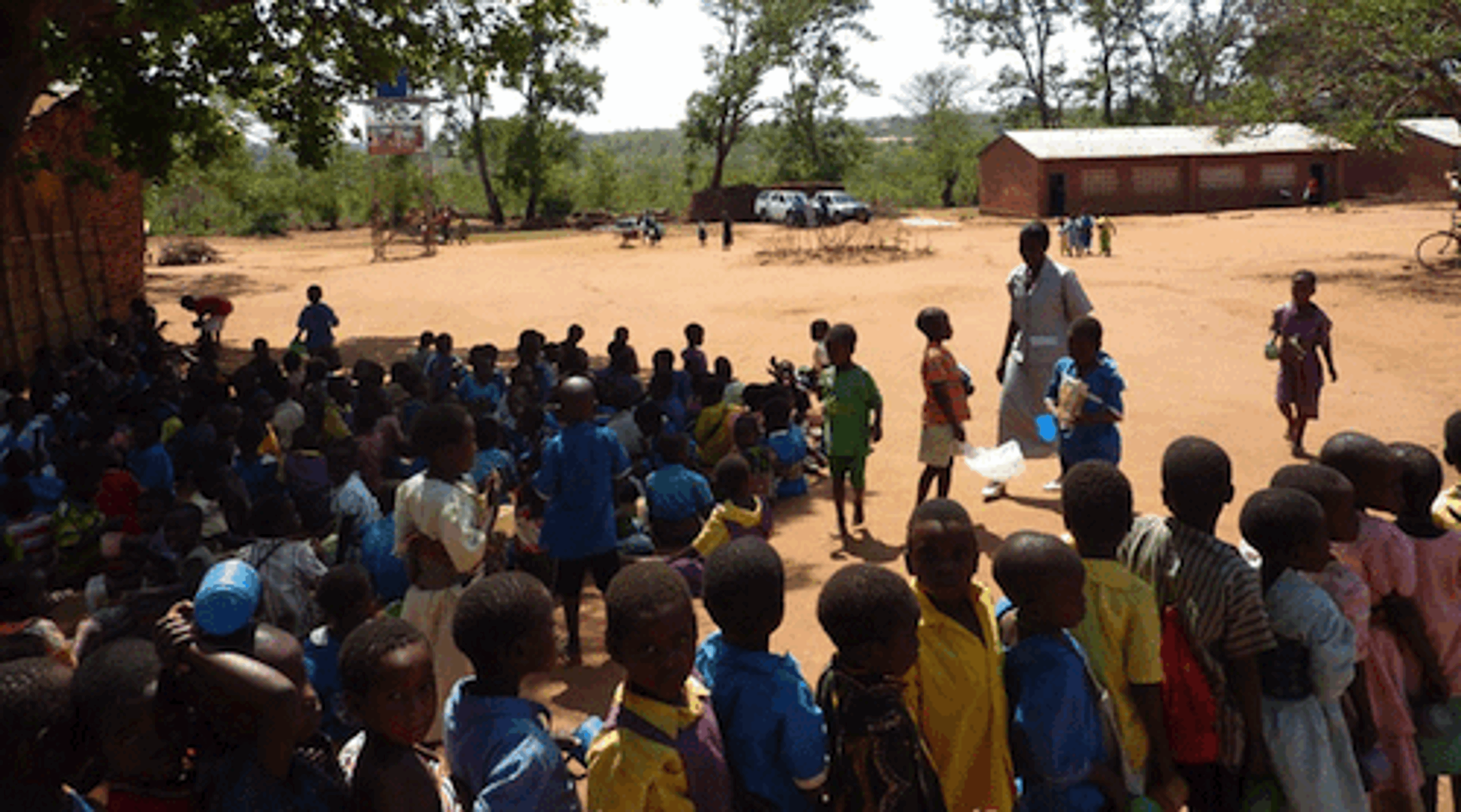Integration of neglected tropical disease control - how to eliminate schistosomiasis on a tight budget
Although there is increasing awareness of the need to combat neglected tropical diseases, NTD control programs are often still underfunded. Consequently, donors are encouraging new solutions that would make the most efficient use of resources.
Luckily, such solutions are possible, and they rely on the fact that the distribution and treatment of different NTDs are often quite similar. NTDs such as schistosomiasis, soil-transmitted helminthiasis (STH) and lymphatic filariasis are often found in the same geographical area, and their treatment involves mass administration of safe drugs. Combining, or integrating, the treatment of several NTDs would therefore reduce costs and allow wider coverage. This article is based on the talk given at the 2014 Schistosomiasis Control Initiative Open Day by Dr Anna Phillips, and describes how the SCI is participating in NTD control integration.
Types of integration
“Integration” can mean different things, depending on the context. One type of integration is when drugs against several diseases are administered to the same community at once, usually under an “umbrella” program that oversees the work of individual NTD programs. Alternatively, preventative chemotherapy can be integrated with other sectors, such as water, sanitation and hygiene (WASH). Finally, drugs can be distributed in “community-based integrated delivery”: not as a stand-alone program but through existing health and education structures. Each of these will be discussed in turn.

Umbrella programs
In 2007, a grant from the U.S. Agency for International Development (USAID) allowed the SCI to integrate national schistosomiasis and STH control programs with lymphatic filariasis and trachoma, in areas where these diseases overlap. SCI’s role is to work with Ministries of Health (MoHs) of its target countries to provide support and funding. As a member of country specific NTD Task Forces SCI, the MoH NTD Committee, the World Health Organisation, NGOs, funders and programme managers from each of the individual NTD programmes, work together to provide technical support for integrated staff training, drug storage and delivery, sensitization and education, and MDA across several NTD programmes. This results in considerable cost savings and multiple drug administration for the treatment of several NTDs becomes possible.
A specific example is the triple drug administration that the SCI is carrying out in parts of Mozambique, where the population is simultaneously treated against lymphatic filariasis, STH and schistosomiasis Integrated MDA is still in its infancy and not as yet fully endorsed by the WHO.
Integrating the delivery of several drugs comes with its challenges. Increased workloads for already overburdened staff, possible power struggles between the different NTD programs, and delays to the supply of one drug can set back the treatment of other diseases.Making the treatment more efficient could also result in less funding for NTDs in the long run.
However, multiple drug administration has the benefit of saving costs and time compared to running separate NTD programs. For instance, the community advertisement and sensitisation is reduced to just one campaign, freeing up resources to be used to expand coverage.
Integration with other sectors
In its 2010 Report on Neglected Tropical Diseases, the WHO outlined the strategies necessary for NTD elimination. Because multi-drug administration (MDA) alone is not enough to break the disease cycle, the WHO highlighted a need for “complementary interventions”: in addition to chemotherapy, it is recommended to implement vector control and improve WASH and veterinary health [1]. This makes sense because several diseases, such as schistosomiasis, trachoma and STH are transmitted as a result of poor water, sanitation and hygiene. Likewise, eliminating parasite vectors such as mosquitoes and molluscs can be integrated into existing disease control programs.
Although such interventions are expensive to implement, they carry significant cost-benefits in the long run. However, their success depends on sufficient funding, integrating the different skills across sectors, successfully coordinating different interventions, as well as reducing damage to the environment when insecticides or molluscicides are used.
Community-based integrated delivery
The idea behind community-based integration is using existing structures within the community to deliver NTD treatment services. This can include drug administration within school feeding programs or during mother-to-child health days. As the drugs used to treat NTDs do not require refrigeration and can be administered after receiving a short training, delivering NTD programmes through the community is viable, increases coverage and reduces costs significantly.
Conclusion
In 2003, the WHO suggested a paradigm shift in the response to global health needs. This new approach would integrate NTD control to make sure the money and resources are used in the most efficient way possible in the battle against poverty and disease. Since then, organisations such as the SCI have been putting this into practice by integrating different NTD programs to deliver combined treatment, or more comprehensive control of individual diseases. Despite a number of challenges, integration is one of the most efficient ways to bring us closer to NTD elimination.
References
Talk by Dr. Anna Phillips at the SCI Open Day 2014